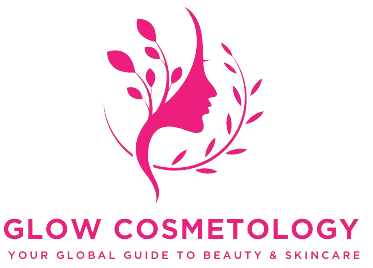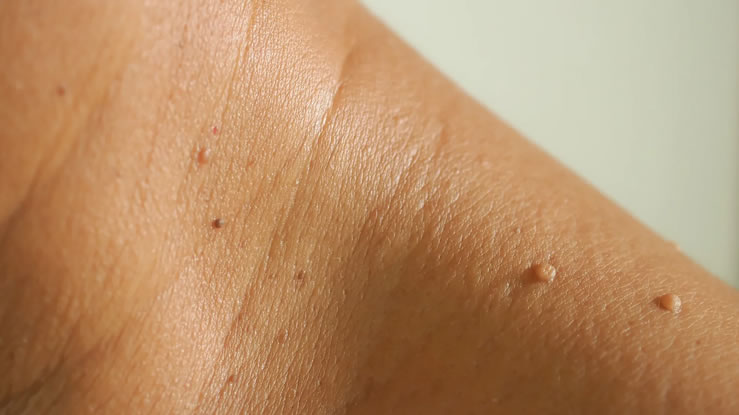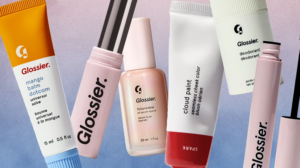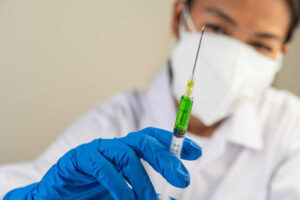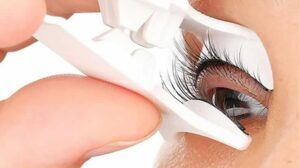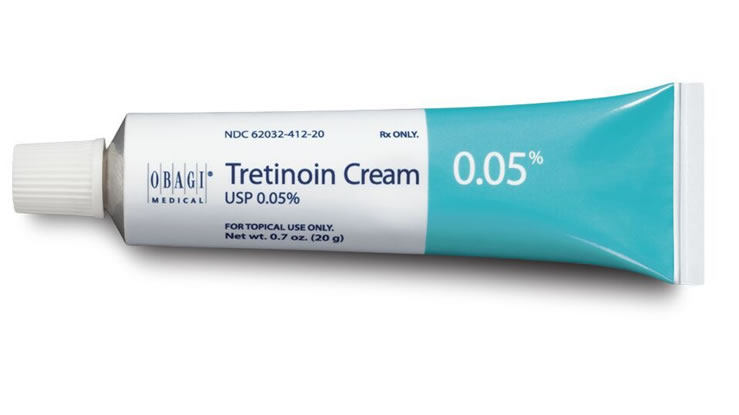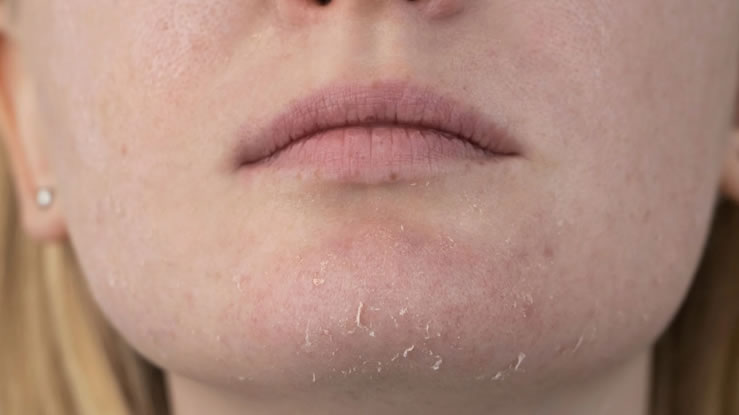Skin tags are harmless growths that can appear on the neck, eyelids, armpits, groin, or other skin folds. While they are not dangerous, many people choose to remove them for cosmetic reasons or because they catch on clothing and cause irritation. Radiocautery is one of the most effective ways to remove skin tags. It uses controlled heat to cut and seal the skin at the same time, leaving minimal bleeding and a short recovery period.
This guide explains how radiocautery works, what to expect during the procedure, the benefits, possible risks, and aftercare tips.
Understanding Skin Tags
Skin tags, also called acrochordons, are small, soft, skin-colored growths that hang off the skin by a thin stalk. They are common in both men and women, especially after the age of 40.
They often develop in areas where the skin rubs against itself, such as:
-
The neck
-
Armpits
-
Groin folds
-
Eyelids
-
Under the breasts
Factors like friction, genetics, hormonal changes, and certain medical conditions such as diabetes can increase the chances of developing skin tags.
Read Also>>> Is skin tag cauterization painful?
What is Radiocautery?
Radiocautery is a medical technique that uses high-frequency radio waves to generate heat. This heat is applied to the skin tag through a fine tip. The heat cuts through the tissue and seals the blood vessels at the same time. This makes the removal process clean, precise, and quick.
It is different from traditional cautery, which uses direct heat from a metal tip. Radiocautery is gentler on surrounding skin, reducing the risk of scarring.
When Radiocautery is Recommended for Skin Tag Removal
Radiocautery is often recommended when:
-
The skin tag is large and raised
-
The skin tag is in a sensitive area such as the eyelid or face
-
Multiple skin tags need to be removed in one session
-
Minimal bleeding and fast healing are important to the patient
Dermatologists may also choose radiocautery for people with blood clotting issues because the method seals blood vessels as it cuts.
Preparing for the Procedure
Before the treatment, you will have a consultation with a dermatologist or trained skin specialist. They will:
-
Examine the growth to confirm it is a skin tag
-
Discuss your medical history and any allergies
-
Explain the procedure and possible side effects
-
Give you aftercare instructions
You may be asked to avoid certain skincare products, such as retinoids, for a few days before the treatment to reduce skin sensitivity.
The Radiocautery Skin Tag Removal Procedure
The process is usually quick and takes less than 30 minutes.
Step 1: Cleaning the Area
The skin around the tag is cleaned with an antiseptic solution to reduce the risk of infection.
Step 2: Numbing the Skin
A topical anesthetic cream or a small local injection is used to numb the area so you do not feel pain during the procedure.
Step 3: Radiocautery Application
The dermatologist uses a handheld radiocautery device with a fine tip. They apply the heated tip directly to the stalk of the skin tag. The heat cuts through the tissue and seals the blood vessels immediately.
Step 4: Removal and Sealing
The skin tag is removed completely, and the area is checked for any bleeding. If needed, the tip is used again briefly to seal the surface.
Step 5: Aftercare Dressing
A small dressing or antibiotic ointment is applied to protect the treated spot.
Benefits of Using Radiocautery for Skin Tag Removal
Radiocautery offers several benefits compared to other methods like freezing, cutting, or over-the-counter remedies.
-
Minimal bleeding – Heat seals blood vessels instantly.
-
Quick healing – The wound is small and closes faster.
-
Lower risk of infection – The heat sterilizes the area.
-
Precision – Only the skin tag is targeted, sparing healthy skin.
-
Suitable for sensitive areas – Works well on eyelids, neck, and face.
Recovery After Radiocautery
Most people recover quickly after the treatment. Here’s what to expect:
-
Mild redness or swelling for a day or two
-
A small scab that falls off in about a week
-
Slight tenderness in the treated spot
You can usually return to normal activities right away, although you should protect the treated area from irritation or sun exposure until it heals.
Possible Side Effects and Risks
Radiocautery is safe when done by a trained professional, but some side effects may occur:
-
Temporary redness and swelling
-
Mild discomfort after the numbing wears off
-
Small risk of scarring in people prone to keloids
-
Light or dark spots in the treated area (usually temporary)
If you notice persistent pain, pus, or increasing redness, contact your dermatologist.
Aftercare Tips for Radiocautery Skin Tag Removal
Good aftercare helps the skin heal smoothly:
-
Keep the area clean and dry for the first 24 hours
-
Apply the prescribed ointment to prevent infection
-
Avoid scratching or picking at the scab
-
Protect the spot from direct sunlight until healed
-
Follow up with your dermatologist if needed
Who Should Avoid Radiocautery
While radiocautery is safe for most people, it may not be suitable for:
-
People with pacemakers or certain implanted medical devices
-
Individuals with active skin infections at the treatment site
-
Pregnant women (in some cases, doctors prefer to delay cosmetic removal)
Always get a professional evaluation before choosing the procedure.
Cost of Skin Tag Removal with Radiocautery
The cost can vary depending on:
-
The clinic location
-
Number and size of skin tags
-
The specialist’s experience
In many clinics, prices start from a small fee for a single skin tag and increase if multiple tags are treated in one session.
Where to Get Radiocautery Skin Tag Removal
Choose a licensed dermatologist or cosmetic clinic for safe and effective treatment. Trusted providers include:
-
Dermatology clinics in major hospitals
-
Certified cosmetic skin centers
-
Reputable private dermatologists
Avoid home-use devices or unlicensed services, as they increase the risk of burns and scarring.
Radiocautery is one of the best methods to remove skin tags. It is fast, precise, and leaves minimal marks when performed by a skilled professional. The procedure is safe for most people, with a short recovery time and a low risk of complications. By following proper aftercare instructions and choosing a qualified provider, you can enjoy smooth, clear skin without the discomfort of skin tags.
